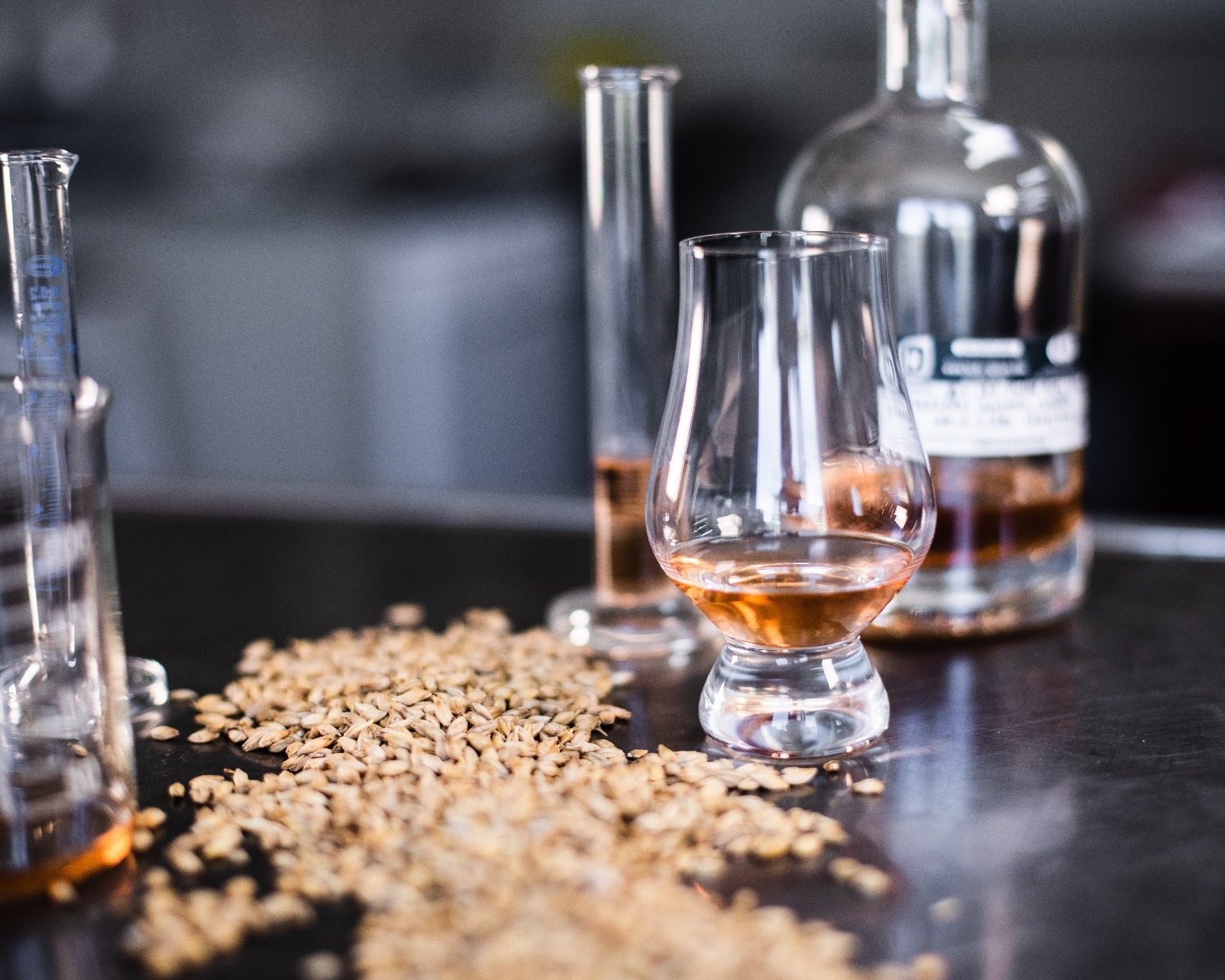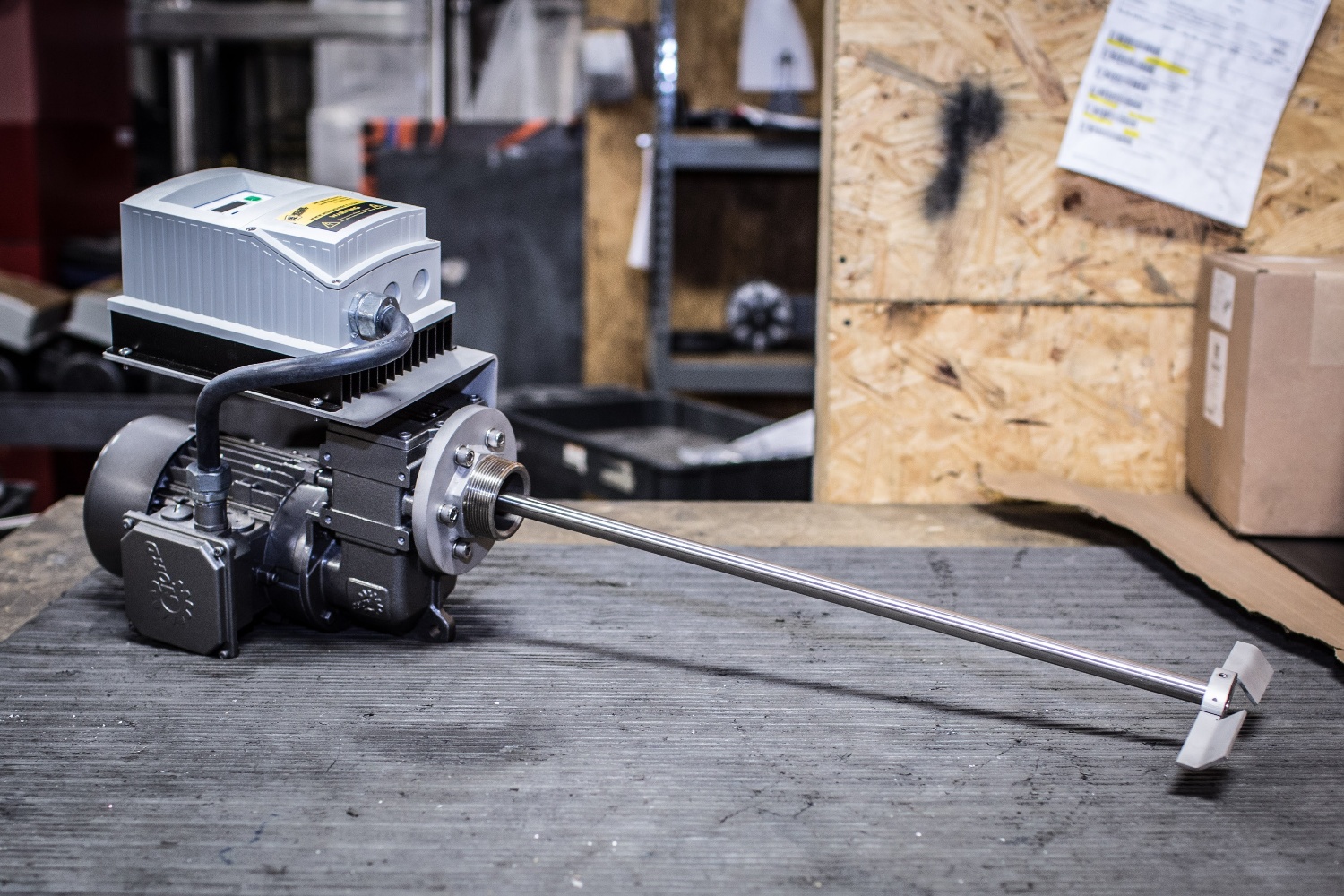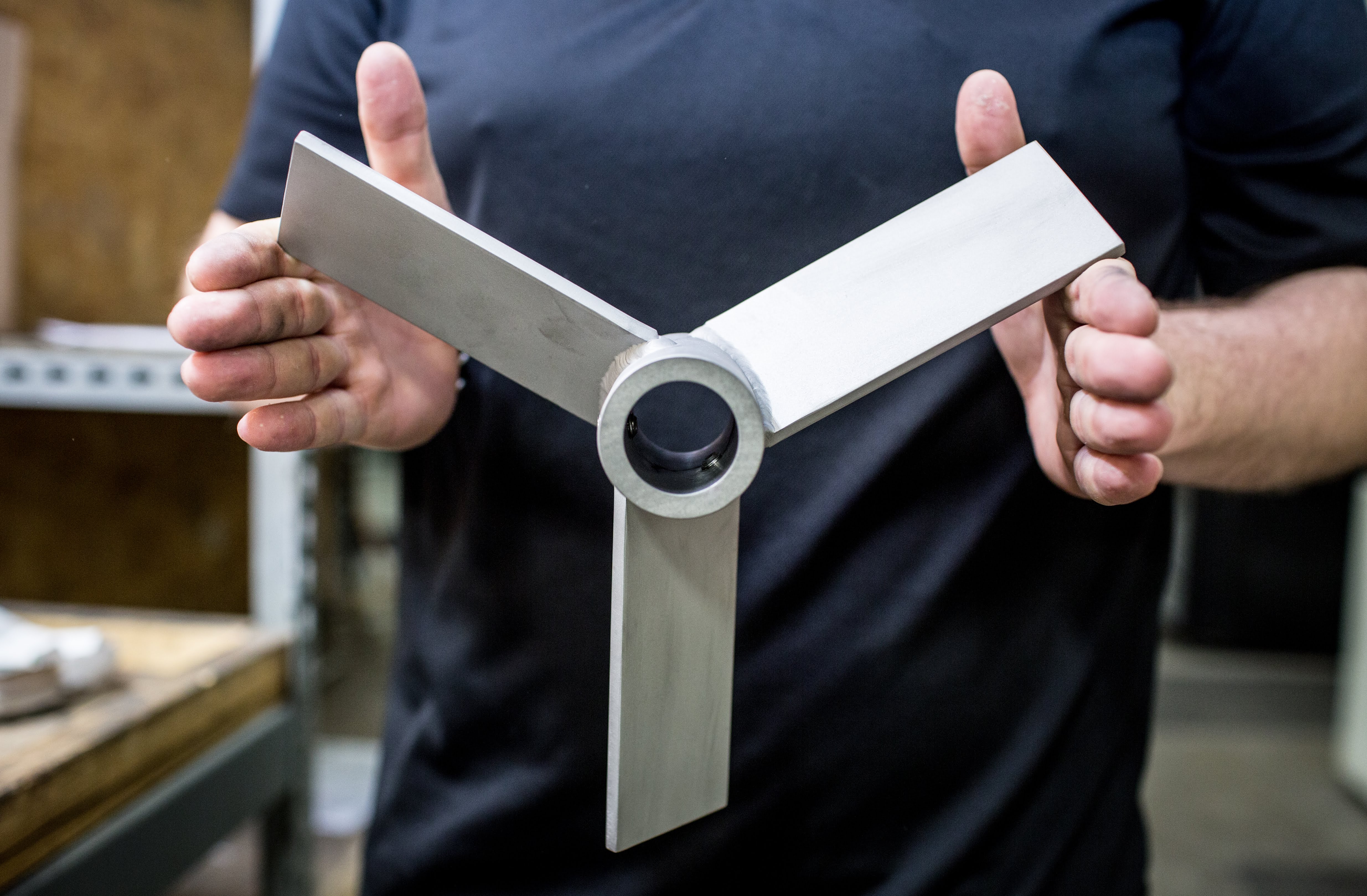Adding Portable Mixers to Your Processing Equipment
Portable mixers are a staple for liquid mixing and suspending solids in a host of different industries around the world. These workhorses can be...

How are beer, liquors, and wine all different from one another? The first and most obvious answer is their primary ingredient. Beers and many liquors– like whiskeys– are built around grains, whereas wine and similar beverages are derived from grapes. But these products differ in more ways than meet the eye, going all the way back to the very ways by which they are made. Generally speaking, there are three primary types of alcoholic beverages– brewing, distilling, and winemaking. Brewing, of course is how beer is made. Distilled drinks include liquors– whiskey, tequila, vodka, etc. There are several steps that are commonly used in the manufacture of alcoholic beverages, but each sector doesn’t necessarily use all of them. They are malting, milling, mashing, lautering, boiling, fermenting, filtering, and distilling.
Malting is a process by which grain {i.e. barley} is soaked in water, germinated, and dried. Both beer and grain are grain-derived products. It is then dried, and some will roast the grain as well. One of the most important purposes of germination is to create enzymes like alfa-amylase and beta-amylase, which convert starches into sugars. It can also provide complexity to the colour and taste. Breweries combine the malt extract with water to form a solution called wort, which is a staple across the majority of the brewing industry. Brewers will add their own unique blend of other ingredients in order to create their trademark type of beer and taste. The wort mixture is boiled so that the proteins will gather, and the brewers can take the necessary action to ensure that there are no undesirable tastes from the proteins remaining in the fluid. After that, it is cooled and brought down to the proper temperature. Cooling the wort is extremely important; because the next step is adding yeast to ferment the beer, and heat can kill the yeast. On the other hand, malted distilled drinks often use corn and/or rye as a catalyst to produce the sugars; as well as a pre-malt substance, which decreases the viscosity of the solution and reduces the risk of the formation of clumps. Mashing is the technical term for the mixing of grains and application of heat that activates the starches into sugars. In the cases of both brewing and distilling; malting/mashing accomplishes the purpose of breaking down the grains into sugar, and eventually alcohol.
Then there is milling. Milling, or some variation of milling, is used in all three sectors of the alcoholic beverages world. With beer, milling crushes the grain to prepare it for the mashing process. It serves a very similar purpose with grain-based distilled products. As for wine, there are no grains involved in the winemaking process, but crushing the grapes is a closely related procedure that can be considered the counterpart in wineries.
Lautering and boiling are two steps that are exclusive to the brewing industry. Lautering separates the wort from the grain, and provides an opportunity for the brewer to dilute the fluid down to the optimal alcohol content. Boiling is pretty self explanatory- it heats and sterilizes the wort; then hops and other ingredients are added to create the tastes, flavours, and undertones sought by the breweries.
While lautering and boiling are only used in brewing, fermenting is a universally practiced procedure. For breweries, this is when the yeast is added to the wort. In distilled drinks, the base ingredient may vary {grains, fruits, etc.}; but fermenting always occurs when the yeast is added to the mix. In the case of winemaking, the yeast is combined with the crushed grapes; which initiates the fermentation process. After the product is fermented– and with wines, aged– it is filtered to remove any impurities that might be present in the mixture. Distilleries rarely filter their products in a similar way, as it isn’t necessary due to the nature of their craft. Finally, we arrive at distilling. As the name suggests, it is only present in the distilled beverage production industry. Distilling is really a pretty simple and straightforward concept– it is just the beverage evaporating and then recondensing.
Perhaps one of the most common questions might be centered around the biting/burning sensation that can be noticeable with some distilled beverages. Beer rarely– if ever– results in that type of feeling. So assuming that the burning is only present in beverages with a higher alcohol content can make sense in some cases; but it's not necessarily true. It occurs because alcohol pulls small amounts of absorbed water from the skin, and the burning sensation is something of a notification to the body that it is slightly more dry than it was before. It also expands blood vessels, which creates the warmth that can be felt in the chest once the drink passes through the throat. While it might sound extremely harmful due to the dehydration of the skin cells, it really is not an issue as long as the beverages are enjoyed responsibly and not in excess.
Curious about choosing mixing equipment or tanks for the brewing and distilling industry? Visit our industry page here.
Sources
https://whiskyadvocate.com/whisky-101/
https://www.brewhaus.com/Lets-Compare-Brewing-beer-vs-Distilling-Spirits.aspx

Portable mixers are a staple for liquid mixing and suspending solids in a host of different industries around the world. These workhorses can be...

The chemical industry is and has been a foundational element of the global economy for the entirety of the modern era. More than 96% of all...

Axial and radial flow impellers are rotating industrial mixer components designed for various types of mixing. Both types of impellers are primarily...